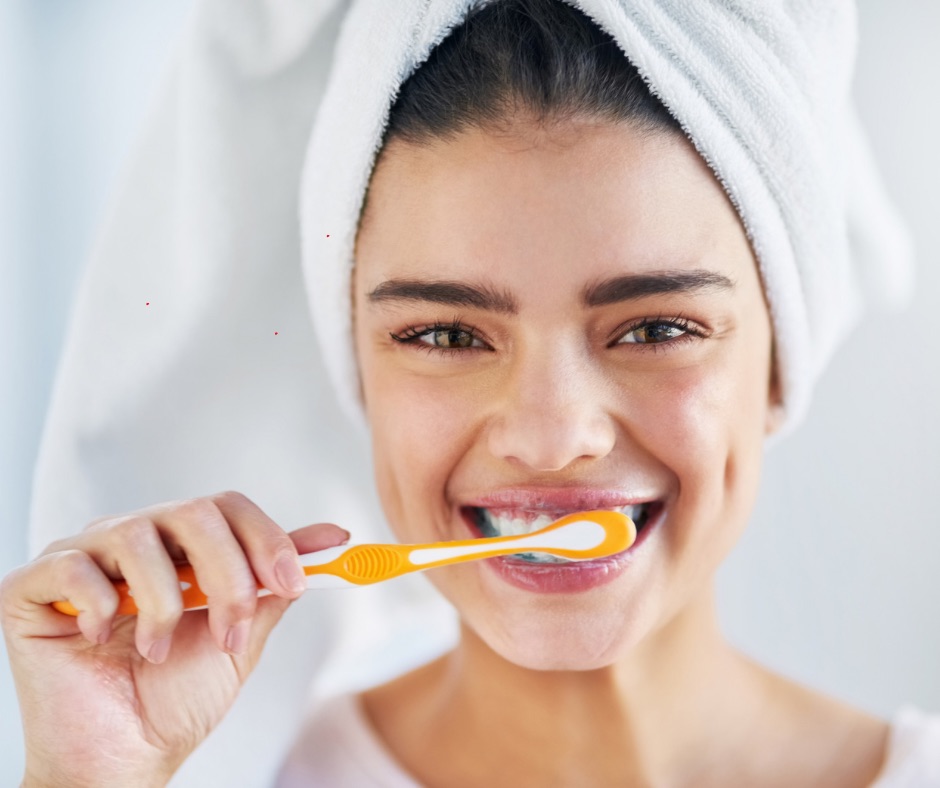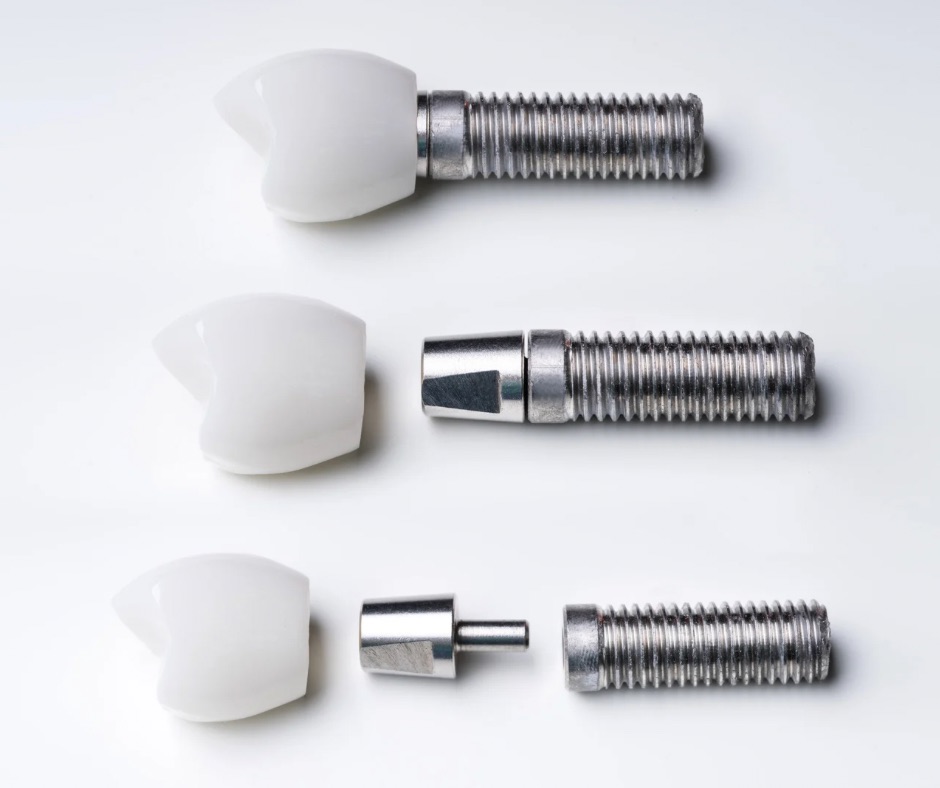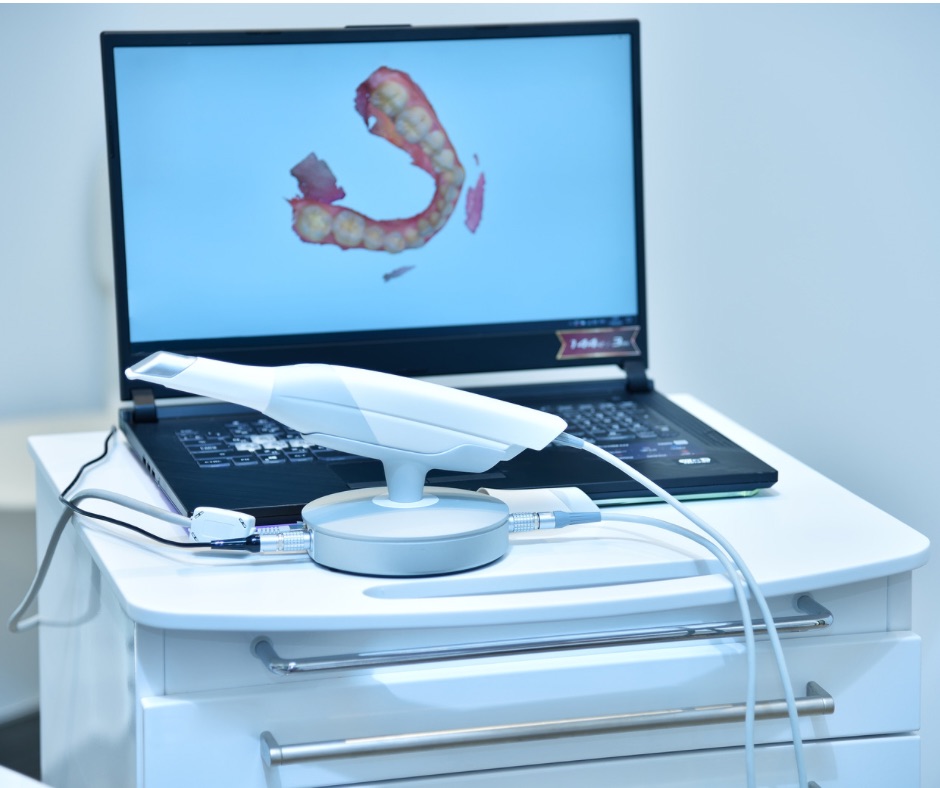Healthy and straight teeth are usually what we highlight as prerequisites for a perfect smile. Orthodontic braces are one of the best ways to straighten teeth. However, maintaining a relaxed and radiant smile while using them represents a significant challenge. Brackets and wires of braces are real “traps” for the food and drinks we consume. Therefore, inadequate maintenance of oral hygiene increases the chance of bacteria and plaque buildup in the mouth, ruining our smile even before it gets a chance to become perfect.
Therefore, maintaining a consistent and thorough oral hygiene routine throughout the duration of orthodontic treatment is extremely important. Of course, flossing and removing bacteria isn’t the most easy task when you have braces in your mouth. That’s why we introduce a few “tricks” that make it easier to follow the most important rule while wearing braces: teeth should be brushed after every meal.
- Proper brushing
There is no good oral hygiene without good brushing. Basically, nothing really changes with the placement of orthodontic braces, except for the fact that the braces make this crucial activity for dental health more challenging. In other words, brackets, when placed on the teeth, create hard-to-reach “pockets” full of bacteria and the only “remedy” is – proper brushing. It is precisely the brushing that makes a difference between a beautiful and a smile filled with cavities. If you’re unsure whether you’ve been properly brushing your teeth since wearing orthodontic braces, here are some useful tips:
- Hold the toothbrush at an angle of 45 degrees, so that the bristles are directed towards the edge of the gums.
- Make small circles with the brush, on each tooth and along the gum line.
- Brush in circular motions both the front and back sides of the upper and lower rows of teeth.
- The parts of the teeth that we use for chewing are best brushed with back-and-forth motions.
- Don’t forget the tongue! Bacteria should be removed from the tongue by gently brushing.
It is recommended to brush your teeth for at least two minutes. Taking the time for proper brushing will result in a smile that we all strive for. This is precisely why you should make sure to brush your teeth for at least two minutes. You can achieve this by either looking at the clock or by counting ten circles for each tooth using a toothbrush.
- Nothing without dental floss!
Indeed, dental floss is an important ally in dental health, especially when wearing orthodontic braces.
- Pull out the dental floss (but do not break it to avoid needing to thread it again) and thread the floss between the wire of the braces and the teeth.
- Clean your teeth using dental floss all the way to the gum area using up and down motions.
- Cut the used part, pull out the new one and repeat the procedure for every tooth.
Teeth should be brushed at least four times a day and flossing should be done once a day, preferably in the evening before you go to sleep. Still, bear in mind that it is preferred to use dental floss several times a day, especially after those meals that leave more food between the teeth. By using dental floss on a regular basis, you don’t give bacteria enough time to cause damage to your teeth.
- Interdental brushes rock!
Even proper brushing a flossing are still not enough for removing food debris from the areas around the brackets and/or wires of braces. In order to ensure that nothing remains hidden in these hard-to-reach areas, it is recommended to use interdental brush. This is a tool that is very useful in maintaining dental hygiene with tiny bristles attached to a small wire, designed in such a way that it can reach those places that regular toothbrushes or even dental floss can’t access. Here’s a little help in using interdental brush…
- With the bristles at the top of the brush, clean hard-to-reach areas around the brackets and wires of the braces with back-and-forth motions.
- Rinse the brush with warm water after cleaning each tooth.
- Repeat the procedure on each bracket.
- Water flosser/oral irrigator or waterpik
Regardless of the name you use, this device is an important ally in maintaining oral hygiene in general, and especially during the orthodontic treatment.
Moreover, many water flossers come with various attachments in their basic package, including an orthodontic attachment with small bristles designed for cleaning around braces and wires. When combined with a strong stream of water, they effectively remove plaque and debris. And how to use it?
- Attach the orthodontic tip.
- Fill the water container with lukewarm water in which you can add a little bit of mouthwash.
- Lean over the sink and place the tip of the water flosser into your mouth.
- Turn on the water flosser and move it so that the tip passes around the brackets and wires of the braces and along the gumline to remove debris, which, along with water, exits the mouth through partially open lips.
- Rinse your mouth until the water container is empty.
- Don’t forget your dentist…
The last “trick” is more of a reminder that, during your orthodontic treatment, you should regularly visit your orthodontist as well as your dentist. While the orthodontist checks if everything is all right with the braces, the dentist will contribute to our efforts in maintaining oral hygiene. Book an appointment with our dentists.














